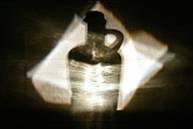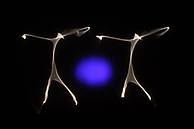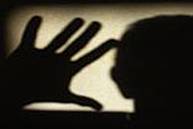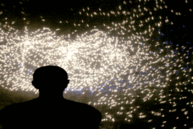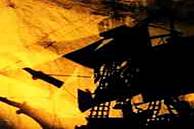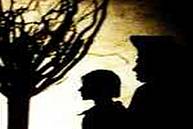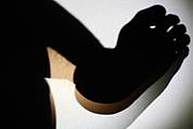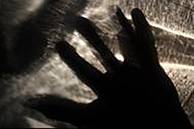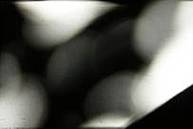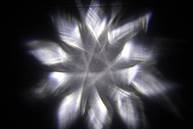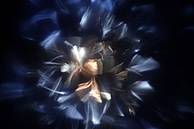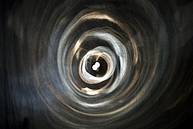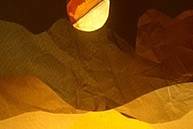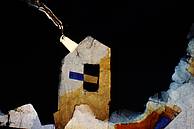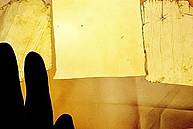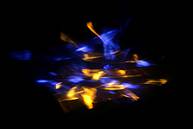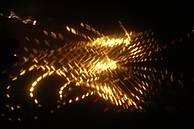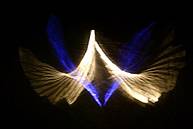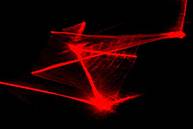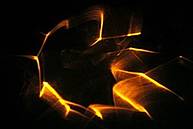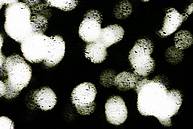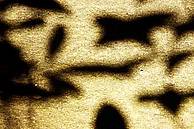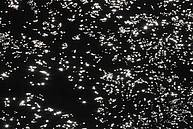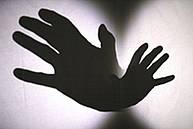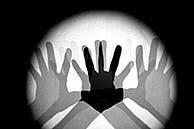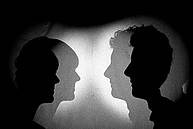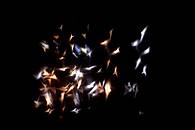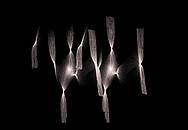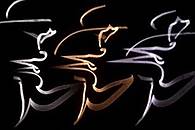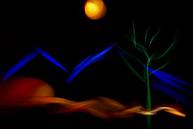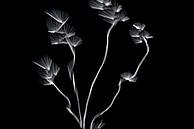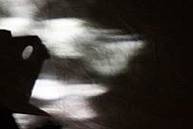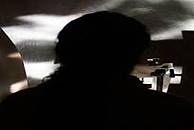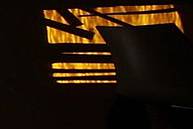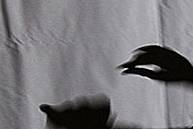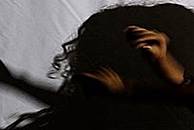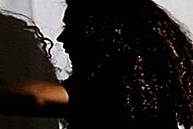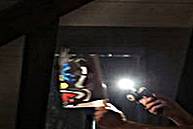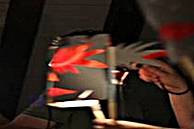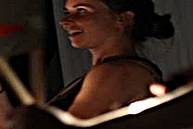Master class – 10 days
This is the summary of Basic- and Advanced training and a deep insight into the new possibilities of picture design. Many different lightsources will be explained and can be examined. A lot of time and space for own experience is provided to discover the extensive creative and emotional nourishment that inherits the work with light.
Held every year during the first two weeks of August in Bamberg, Germany.
“Taming the light”
Part I: Basics | 5 days
The moving light
- The variability of light
modern illuminants and their various uses:
possibilities and borders - Principal and auxiliary tools
halogen lights, LEDs, OHP’s and other illuminants:
scenes and effects - Handling and manipulation of light
technical aspects, manageability, various accessories - Guidance of light
second/third dimension, inner/outer space,
rhythm of the movement, light as camera - Light systems
dramatic possibilities of the moving light - Combinations of light
how to diversify the images
The shadow
- Shadow is space
perspectives of the cut - Shadow objects and puppets
material, design, mechanics, 3-d objects - Open screen
material, size, fixing, use,
passages from picture to picture - Shaping of a picture
style, reduction, background - Tools and aids
glas, mirrors, opaque/transparent structure
The refraction
- Backgrounds
curvature and grinding - Figures
transparent layers with colours - Water
moving refraction
The polarisation
- Preconditions of the decomposition of light
lightsource, statics, contrast, possibilities and limitations - Lightning means
polarising materials - Dark and bright space
making of a picture
The reflexion
- Mirrors and other materials
flexibility and rigidity - Designing pictures
setting closer to the shape - Rhythm and figure
single images and choreography
Part II: Immersion | 3 days
Extraordinary light
- Coloured shadows – the RGB system
installation and experiments - 3 – dimensional shadows
requirements, technical installation and play - Laser – a subject of its own
basics, handling, security features,
colours and their combination,
reflexion, refraction, diffusion and shadows
Light and composition
- Light and screen
screen materials, mounting and fixing, using forms, figures,
gain factor, movement, changeability, stage design - Light and its positioning
basic rules, perspectives, using light like a camera - Figures and objects
two/three-dimensional objects, self-luminous figures,
illuminated interior spaces, naturalism and abstraction,
composition, working with templates/formats - Structure / colour / backgrounds
structure as a medium of colour design, basic colour temperature,
adding shades of colour, structured light, abstract spaces - Functional light
how to accentuate scenes - Light and its effects / atmosphere
the psychological effects of light
Light and body
- Light and person
classic human shadows / colour/ symmetry - Light and body
physical shadow theater,
landscapes of the body, combination with figures - Light and hands
rhythmic movement, hands as a format,
hand shadows abstract / naturalistic - Abstract pictures
doubling and several lights, graphic al works
Narrative possibilities with light
- The stage in modern shadow theatre
basic construction, parameters, equipment/installation, objects/figures
“Archaic storytelling”: basic idea,story line, movement of light - Narrative attitudes of light
static light, unfettered light, controlled movement of light, pan shot,
360°pan shot, parallel movement, zooming in and out - Abstract storytelling
combinations, various acts
Painting with light
- Where it comes from
Camera obscura, long time exposure, software lpl - Installation and stage setting
Laptop, webcam, beamer, screens, connections and adjustment - Parameter of the light
different modulations – different light sources - Painting with light
Tools and techniques
Part III: From first idea to production | 2 days
Let’s get down to the details
- Stage
What is it like, what is it made of? Where is the screen, what is it like, what is it made of? What about the logistics? - Light
How is it moved? Where is it placed? How can it be deployed efficiently and effectively? - Pictures
Which ones to choose? Which kind of material? Which kind of presentation? Naturalistic or abstract? What about the temporal sequence? - Figures
Which kind of material? How do the figures move? How are they held?
What can they do, what do they have to be able to do? - Language
How is the story told? Are there any dialogues? Should the figures be recognised by their voices? Any use of onomatopoeia? Any use of microphones?
- Music
Suitable techniques: MP3 player? Voice recorder? PC feed? Live music? - Player
Who is the player? Does he/she know more than the figures? What is the inner attitude of the player?
Everything falls into place
- How to create the scenes
Interaction between light and figures, how to combine the elements of light, movement, music and language,
creating a preliminary script. - Dramatic composition
Are the transitions working? How is the rhythm? Is there a storyboard? How to work with video takes? - Small „Islands“
Are there any special features? On what kind of levels?
How to incorporate small miracles or dangerous risks?
Jillian Pearce, Natimuk, Australia:
Hello Norbert, back home in Australia now and very inspired by my time with you and the other course participants in Bamberg. During my participation in both the beginners and master class courses, I was introduced to a wide range of skills, knowledge and understanding of a beautiful theatre form that represents a new direction within my own arts practice. I admired the immense knowledge, generosity and insight of your teaching style. You were not only prepared to openly share the knowledge accumulated over your long career but also the creative questions which currently inspire your practice. It was a great honour to be able to participate and investigate those with you as a group of people who can all contribute to the development of the art form. This is truly a sign of both a masterful teacher and a mature artist who loves to share the beauty and wonder of his own art-form with the world. I now reflect on what I have learnt and to begin a new creative adventure of my own. I thank-you for everything you have given me. It was truly worth coming from the other side of the planet to experience your work. Cheers
